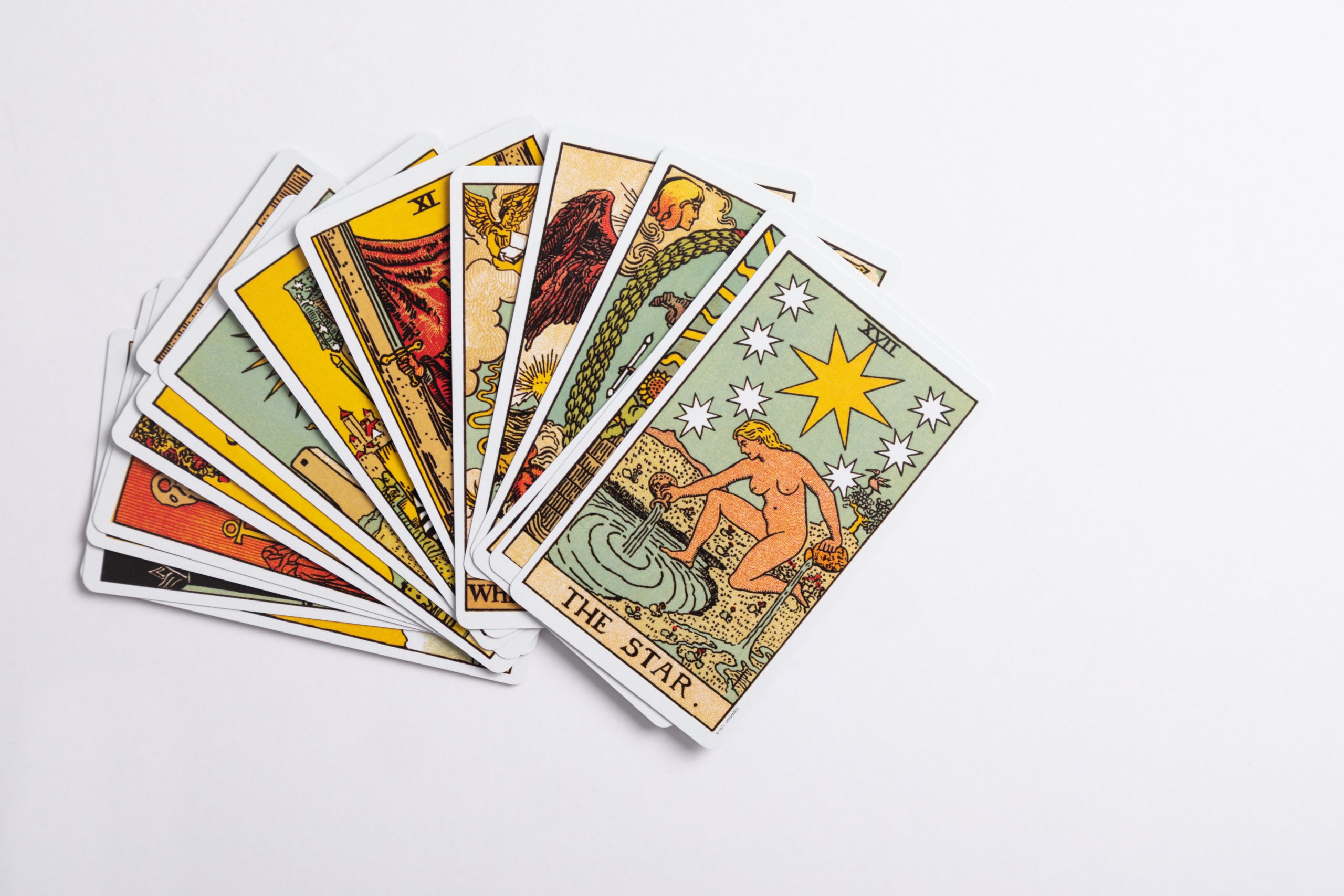The Difference Between Waning and Waxing Crescent: Exploring the Phases of the Moon
The moon has fascinated humans for centuries. Its ever-changing appearance, known as its phases, has mystified and inspired people throughout history. The most recognizable phases of the moon include the full moon, half moon, and crescent. In this blog post, we will delve into the specifics of the waning crescent and waxing crescent phases, exploring their differences and shedding light on their significance in the lunar cycle.
Understanding the Lunar Cycle
Before we delve into the intricacies of the crescent phases, let’s first gain a broad understanding of the lunar cycle. The moon goes through various phases as it orbits around the Earth. These phases are a result of the interplay between the positions of the sun, Earth, and moon. As sunlight hits the moon and the Earth casts its shadow, different amounts of the moon’s surface are illuminated, causing the moon to appear differently to us here on Earth.
The lunar cycle is approximately 29.5 days long and consists of eight distinct phases: new moon, waxing crescent, first quarter, waxing gibbous, full moon, waning gibbous, third quarter, and waning crescent. In this article, we will focus on the waning crescent and waxing crescent, which occur towards the end and beginning of the lunar cycle, respectively.
Waning Crescent
The waning crescent phase occurs when less than half of the moon is visible, and the illuminated portion is decreasing in size. This phase marks the later stage of the lunar cycle and precedes the new moon. During the waning crescent, the moon appears as a thin crescent shape with the illuminated portion on the left side for observers in the Northern Hemisphere, while observers in the Southern Hemisphere will see the illuminated portion on the right side.
The waning crescent is often associated with introspection, release, and letting go. It symbolizes a period of completion and preparation for new beginnings. As the moon’s visible surface decreases, it is a time to release negative energies, let go of what no longer serves us, and make space for new experiences and opportunities.
Characteristics of Waning Crescent
Visually
Energies
Spiritual Significance
Less than half of the moon is visible
Thin crescent shape with illuminated portion decreasing
Releasing, letting go, introspection
\Completion, preparation for new beginnings
Waxing Crescent
The waxing crescent phase occurs when less than half of the moon is visible, and the illuminated portion is increasing in size. This phase marks the beginning of the lunar cycle and follows the new moon. During the waxing crescent, the moon appears as a thin crescent shape with the illuminated portion on the right side for observers in the Northern Hemisphere, while observers in the Southern Hemisphere will see the illuminated portion on the left side.
The waxing crescent is often associated with growth, intention-setting, and new beginnings. It symbolizes a period of gathering energy, setting goals, and taking the first steps towards manifesting our desires. As the moon’s visible surface increases, it is a time to focus on our intentions and lay the groundwork for future achievements.
Characteristics of Waxing Crescent
Visually
Energies
Spiritual Significance
Less than half of the moon is visible
Thin crescent shape with illuminated portion increasing
Growth, intention-setting, new beginnings
Gathering energy, setting goals, manifestation
Conclusion
The waning crescent and waxing crescent are celestial moments in the lunar cycle that offer their unique energies and symbolism. While the waning crescent represents a time of release, introspection, and completion, the waxing crescent signifies growth, intention-setting, and new beginnings. Understanding these phases of the moon can deepen our connection to the natural world, and enable us to align our actions and intentions with the cosmic rhythms.
Whether you find inspiration in the darkness of the waning crescent or the promise of the waxing crescent, these celestial events serve as reminders of the ever-changing nature of life and the endless possibilities for growth and transformation that lie ahead.
Next time you gaze up at the night sky and catch a glimpse of the crescent moon, take a moment to appreciate its beauty and reflect on the energies it brings. The universe is vast and mysterious, and the moon is just one of the many wonders that remind us of the intricate dance of celestial bodies and the timeless cycles that govern our existence.
Table of Contents
